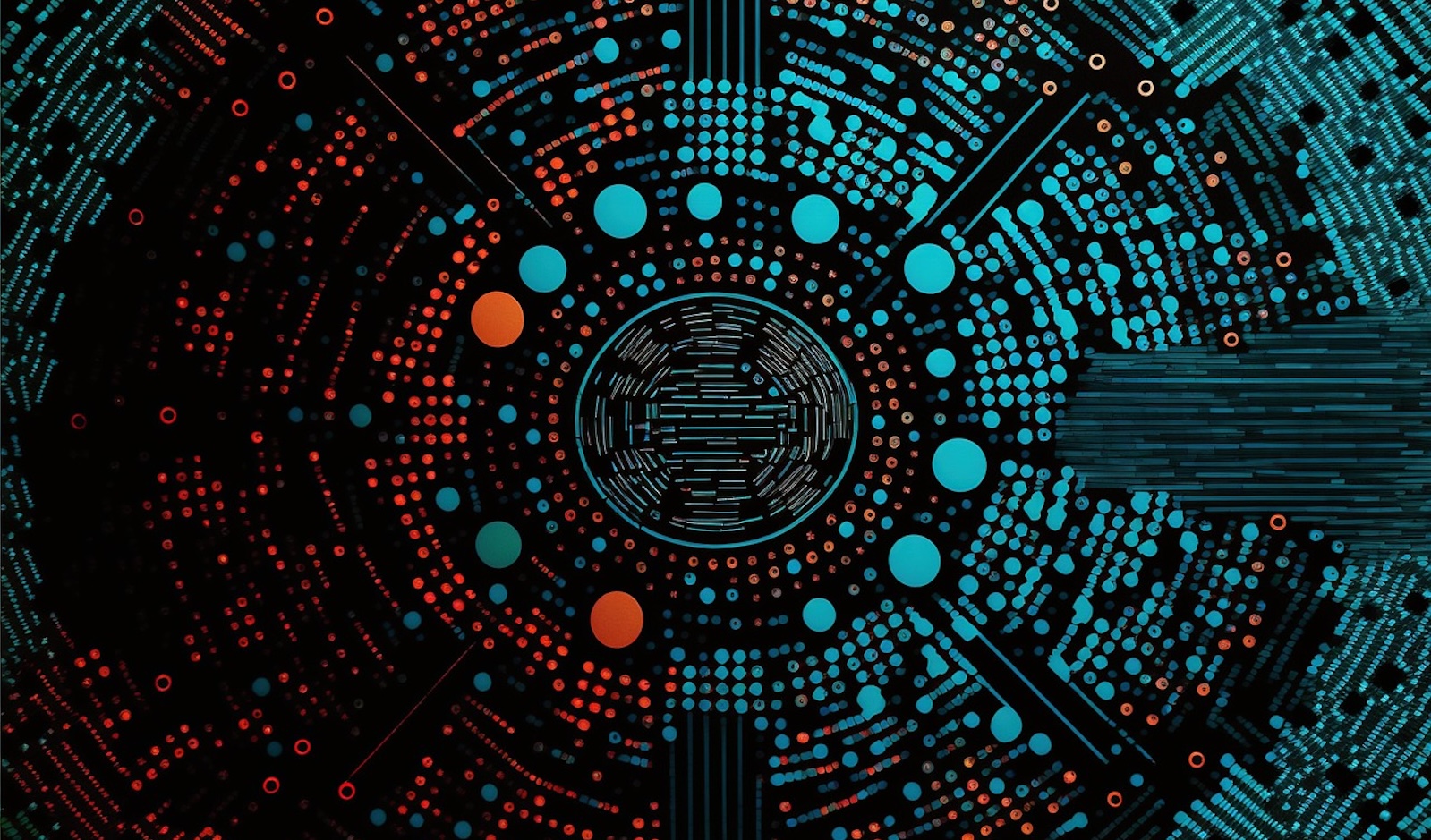Whether you commute to work on public transport to work or fly between busy airports to serve your clients, wherever you go you will see people glued to their phones, tablets or e-readers. More than likely, all these devices are connected to the Internet in real time over a mobile network or capable of connecting via Wi-Fi.
There is so much written on the connected car and the connected ("smart") home, but we also need to open a discussion about connected humans.
Let me clarify: I have no interest in talking about social networking. I'm more interested in connections from the perspective of tracking health and biometric data to be used by the healthcare and insurance industries for pricing.
A decade ago, we were limited by the technology and the computing power of hand-held devices. Wearables and ingestible devices were nowhere in the ecosystem. It made perfect sense to use historical data to price and sell products based on stale census information.
Technology drivers
Fast forward to the current time. Computing power has scaled exponentially over the last decade. We have devices that can track, store and filter essential lifestyle and health data, and we have predictive analytic capabilities that would make historic rating methods look like the Stone Age.
Market demographics
The growth rate of Millennials earning paychecks is not keeping pace with the growth in the aging population living off savings. If that was not bad enough , buying behaviors of Millennials indicate that insurance is not one of their top priorities. There are numerous surveys you can find online that point to this problem.
We have heard of "gamification" and customer engagement in the context of banking and financial services, to attract Millennials, but insurance and healthcare companies have barely touched the tip of the iceberg on this. The amount of biometric data that can be harvested and used for predictive analytics could include a host of items, including blood pressure, heart rate, vitamin count, sleep patterns, activity metrics and blood sugar, just to name a few. All this information, harvested and analyzed to price and sell a host of new products to new market segments with lifestyle diseases like diabetes or obesity, opens the route to gamification of healthcare apps and much better life insurance pricing. Providers today stop at just providing discounts on the fringes as I see it, not truly revisiting pricing.
With technology evolving at the pace it is and with our ability to get more out of the data through predictive analysis, the healthcare and insurance segment could look very different 10 years from now.
There is a school of thought that says privacy issues will limit the use of biometric data, but, if there is a business model that works for weight watchers and diabetic forums, there is a business case and a market segment to change the way insurance and healthcare products are priced and sold.
Hertz has begun to pitch itself as a used-car sales channel, allowing the consumer to test drive a car for an extended renting period and then buy or not buy the car. In the insurance or healthcare context, if pricing were driven by behavioral patterns and biometric statistics, you could offer an extended free look or evaluation period allowing a skeptical diabetic or obese customer to try devices, see the effects on their health and the corresponding premium discounts and then make a decision on locking into the product.
Insurance and healthcare have not truly embraced the technology and buying behavioral shift of customers. What remains to be seen is who leads the charge. Will it be insurance and healthcare companies? Will it be technology giants like Google, which are already tracking a lot of what people do? Or will it be a company like Tesla and Uber, which have disrupted traditional industry segments where they were never the incumbent.
Connected Humans, Version 3.0
People talk of connected cars and connected homes, but what about connected humans? They will transform healthcare and insurance.





